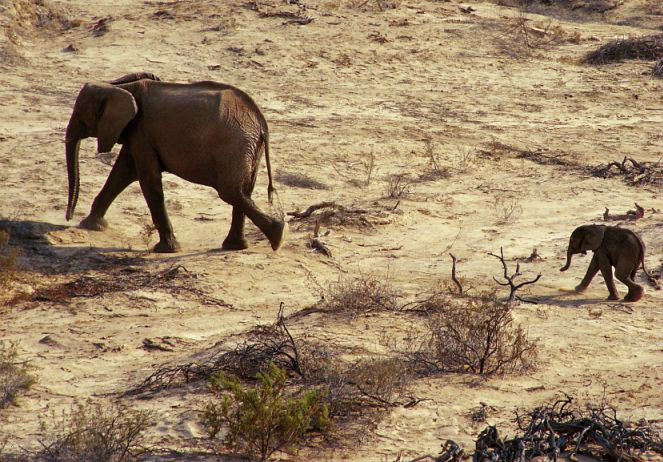By: Emma Brown
Send to a friend
The details you provide on this page will not be used to send unsolicited email, and will not be sold to a 3rd party. See privacy policy.
The eastern Horn of Africa may be getting drier — not wetter as current climate change models predict, a study shows.
The study, published in Science Advances last week (9 October), shows that the region, which includes Djibouti, eastern Ethiopia and Somalia, faces increasing dryness as global temperatures rise. The finding raises serious concerns as the area is already one of the most food insecure and drought-prone regions in the world. In recent decades, decreasing rainfall during the ‘long rains’ season (March to May) has wreaked havoc on the region’s agriculture.
But many models, including those used by the UN Intergovernmental Panel on Climate Change (IPCC), predict that the region will become wetter overall. These models forecast that changing sea surface temperatures will disrupt tropical air circulation patterns over the Indian and Pacific oceans, causing more rainfall during the ‘short rains’ season (September to November).
“Even though [this particular region] is getting drier, there are lots of places in Eastern Africa that are climatically secure.”
Christopher Funk, US Agency for International Development
In the new study, researchers investigate the region’s ancient weather patterns, and find that existing climate models may overestimate the future benefits of these increased ‘short rains’.
Lead author Jessica Tierney and her colleagues analysed sediments from the Gulf of Aden to build 2,000 years’ worth of data on aridity and sea surface temperatures.
“Our paleoclimate record is the first record from the Horn of Africa that describes changes in temperature and aridity,” says Tierney, a geologist at the University of Arizona, United States.
Tierney’s team says that, historically, the region’s aridity follows global temperatures rather than local sea surface temperatures. This means that ongoing temperature rises due to human activities are likely to reduce rainfall during the important ‘long rains’ season, overwhelming any increase that might be seen during the ‘short rains’.
Joseph Katongo Kanyanga, a meteorologist at the Zambia Meteorological Department and contributing author to the IPCC’s latest detailed reports assessing climate change, published last year, says he is not alarmed by the apparent disagreement between the historical data and the forecasting models.
Kanyanga says a global-scale model may predict that the entire Horn of Africa will see more rain. But smaller-scale, regional analyses like this new study provide a more detailed picture that shows local variability.
Tierney agrees that the existing models are not “fundamentally ‘wrong’”, but she says we need more studies like hers to help scientists better predict changes as global temperatures increase.
Funk cites northern Ethiopia as one area that now gets relatively more rain and could help grow more food in the region — if it can first overcome hurdles such as a lack of access to international markets and farming technology.
Niamh Brannigan, a spokesperson for Adeso (African Development Solutions), an NGO in Kenya, says governments and local people in drought-hit regions can also improve the management of existing water resources and seek more diverse sources of income to become more resilient.
References
Jessica E. Tierney and others Past and future rainfall in the Horn of Africa (Science Advances, 9 October 2015)














